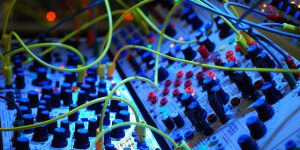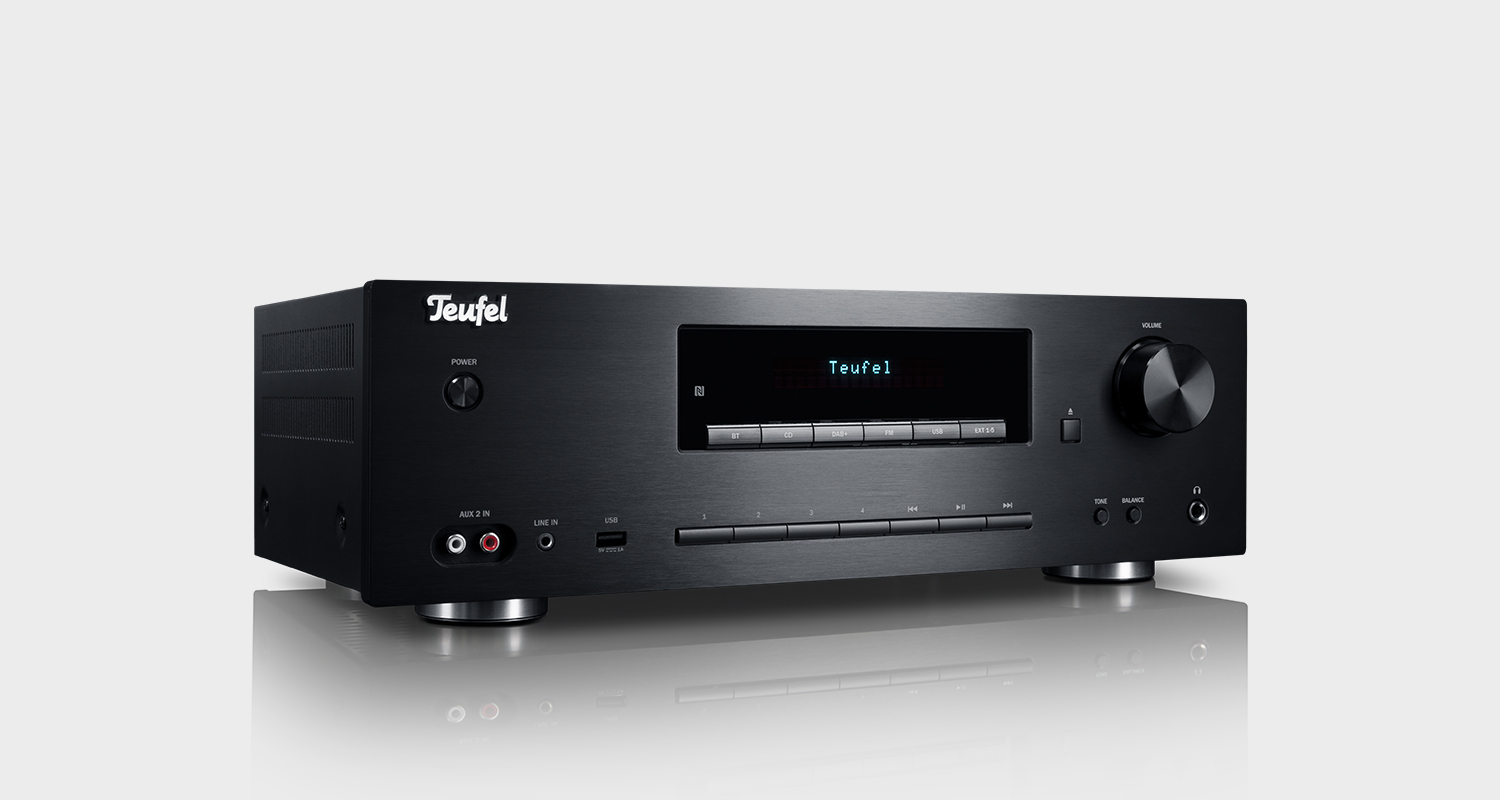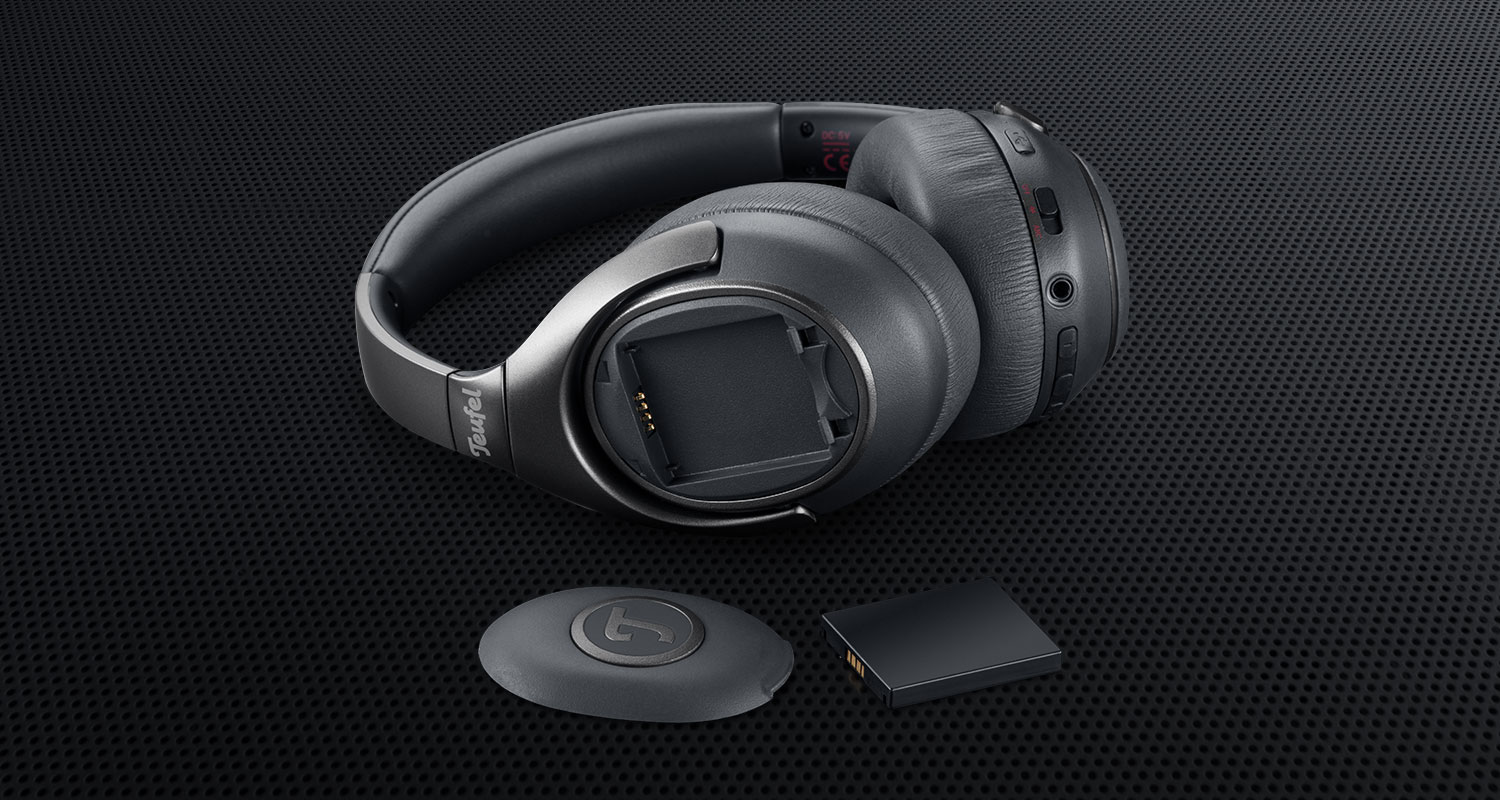Analog synthesizers are machines that are easy to fall in love with. After all, it has to be something like love that causes grown men to spend large sums of money on ungainly electronic devices that take over their homes. In the documentary, I Dream of Wires, the Canadian film maker Robert Fantinatto went in search of the origins of this passion. The result is a fun and quirky movie about analog synthesizers from their beginnings to the present day. The cast is populated by sundry nerds, musical pioneers and stars like Nine Inch Nails frontman, Trent Reznor, and synth pop legend Gary Numan. Anyone interested in electronic music or analog technology are well advised to check it out.
The director Robert Fantinatto came to revisit the theme of synthesizers via his son, although he himself played in a synth pop band in the 80s. What he didn’t realize, however, was how popular analog synthesizers had become. His son enlightened him on this trend, awaking Fantinatto’s interest. Fantinatto then set about writing to musicians and producers who responded enthusiastically. Jason Amm, better known in the music scene as “Solvent,” even declared himself willing to collaborate on a documentary about the subject, including the creation of an original soundtrack. In order the finance the project, Fantinatto and Amm began a crowd-funding campaign on Indiegogo.
West Coast vs. East Coast: Old rivalries spurred great creativity
Before we discuss who invented them and where, it should be made clear what a synthesizer is. Synthesizers are electronic instruments that, instead of radiating sound directly (as acoustic guitars, pianos and drum kita do), generate electronic signals that can be directly fed into recordings or played back through speakers. The very first synthesizers were analog – also referred t as modular synthesizers – and were invented simultaneously on America’s East and West Coasts.
The two men generally credited with inventing the first analog synthesizers, Robert Moog in New York and Donald Buchla in California, both set out at the same time with a common goal: To create tones with oscillators, amplifiers and filters that could be easily and systematically changed and controlled. Both inventors contributed greatly towards expanding the complexity and variety of electronic tones musicians could generate, although with different goals. Moog’s goal was to use his technology to create musical instruments that could be used by professional musicians. In this way, he hit upon the idea of allowing his devices to be “played” like a piano. Equipping his analog synthesizers with keyboards familiarized them to many musicians, made them easy to use and relatively easy to transport. The Minimoog, introduced in 1970, was celebrated for taking synthesizers out of recording studios and into the light of day where people could see and appreciate them.
The Emile Richard’s “New Sound Element” was the first commercial music project to credit a “Moog Synthesier”:
Donald Buchla, on the other hand, stayed true to his Califonia roots and worked on decidedly more advant garde projects with experimental musicians. For this idealistic bunch, the new technology was seen as a way to create entirely new musical forms. This resulted in Buchla’s first commercial product, the Buchla 200 series Electric Music Box in 1970. Resembling a telephone switchboard in appearance, the Electric Music Box gave sound designers an incredibly amount of control and nearly endless possibilities, attributes that lent themselves to experimental works such as Morton Subotnick’s Silver apples of the Moon (1967):
The rise and fall of analog synthesizers
The 1970s was thus launch with two types of commercially available devices for creating synth sounds, a phenomenon that greatly affected the decade’s music. Disco, New Wave and early Electro would all be unthinkable without analog synthesizers. Following on the heels of Moog and Buchla’s early inventions, large modular synthesizers capable of an enormous range of different tones appeared. The devices remained, however, large and impractical for personal use.
This changed in the 1980s when the first digital synthesizers such as the Yamaha GS-1 appeared on the market. At $16,000, this pioneering model was out of the rang of most musicians but was quickly followed in 1983 by the more affordable Yamaha DX7. The enormous practical gains of this smaller, less expensive device and similar models like the ROLAND ALPHA JUNO and KORG M1 quickly pushed most analog synthesizers out of the market by the 1990s. However, in the early years, greater convenience came at the price of of sound quality. Early digital synthesizer sound can be described as less resonant and “colder” than analog. And yet even this deficiency was grist for the mills of the creative talent behind the era’s popular music, spawning the emergence of the synthpop genre.
Click on the button to load the content from www.dailymotion.com.
Animotion – Obsession (1984)Opens in new tab von SohnaMundaPakistaniOpens in new tab
One of the main advantages of digital synthesizers were their ability – if not completely convincingly at first – to imitate other instruments, most famously, perhaps, drum kits. Thus, along with cheesy piano accompaniment, the electronic drum track became a defining sound of the 1980s. And, as the costs came down, the sound of digital synths improved and virtual instruments became ever more realistic, most analog synths were put into storage or even discarded. Once the personal computer hit the scene, the age of analog seemed to be well and truly over. After all, with the right programming, a typical PC can generate an astonishing range of sounds. In the 1980s, and for much of the 90s, analog synthesizers were not amazing inventions or even vintage sound machines. They were simply old and outdated – consigned to the dustbin of history.
Hard synths vs. soft synths
Today, analog synthesizers are back .The web is full of discussions debating the relative pros and cons of “hardware” and “software” synthesizers. The “hard” – or analog – synthesizers are renowned for their durability (no software updates or bugs to worry about) and ergonomic, tactile controls. The sheer physicality of analog synths can make the sound designer or performer feel as one with the creative process. Hard synths are also said to each have a unique character that one eventually internalizes and which can lead to better, more efficient workflows and more individual creations. Or, as one enthusiast in I Dream of Wires put it:
“It is a field for crazy people. It is a field for irrational people. There’s something wrong with me – definitely.”
If we might paraphrase the above: Large, bulky, expensive synthesizers are for people who are passionate about music and who will go the extra mile to feel closer to their creations. And this brings us full circle to the opening of this piece: It’s all about love.
Those interested in learning more about analog synthesizers can check out the documentary I Dream of WiresOpens in new tab on YouTube, Netflix or buy it as a DVD. You’ll find more information on the “I Dream of Wires” homepage.
Title picture: ©GeschnittenBrot Certain rights reserved. Source: Flickr.com




